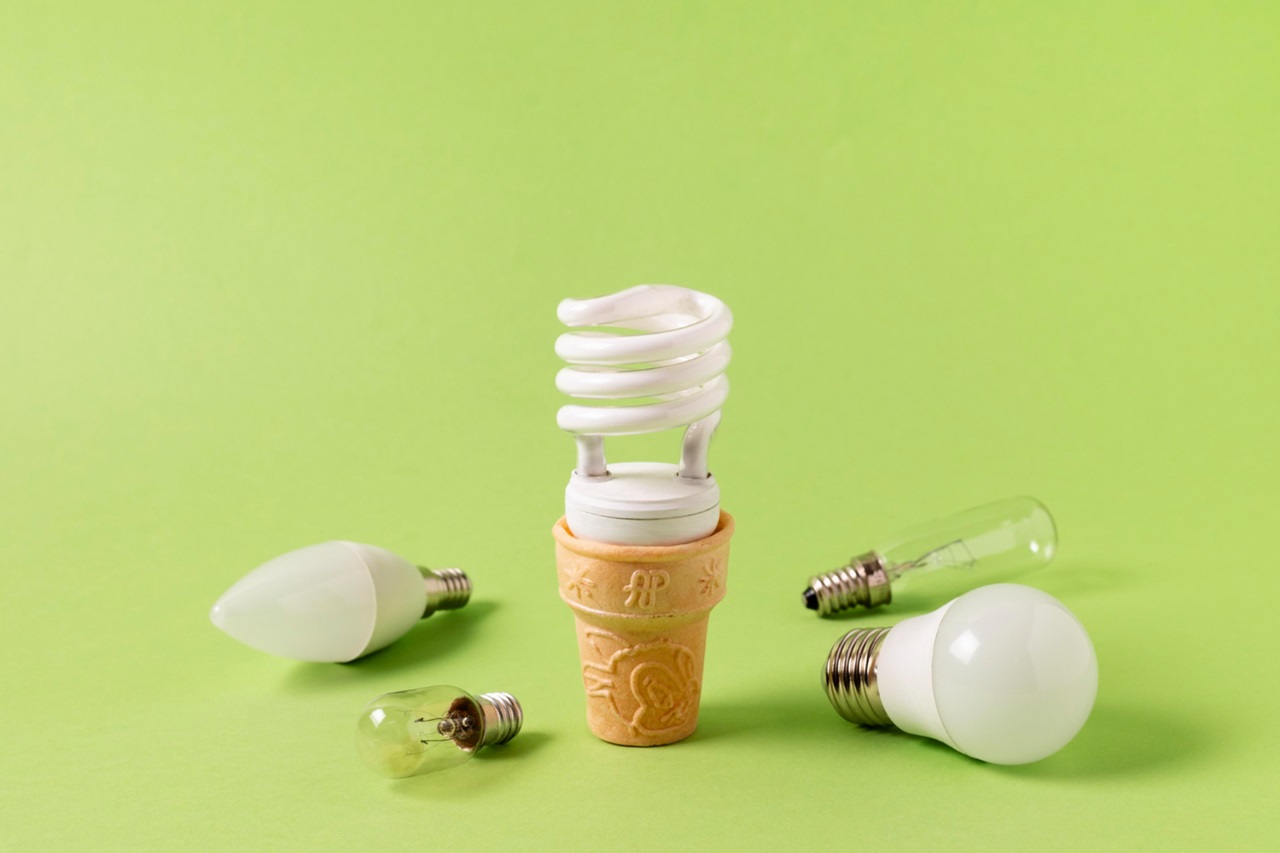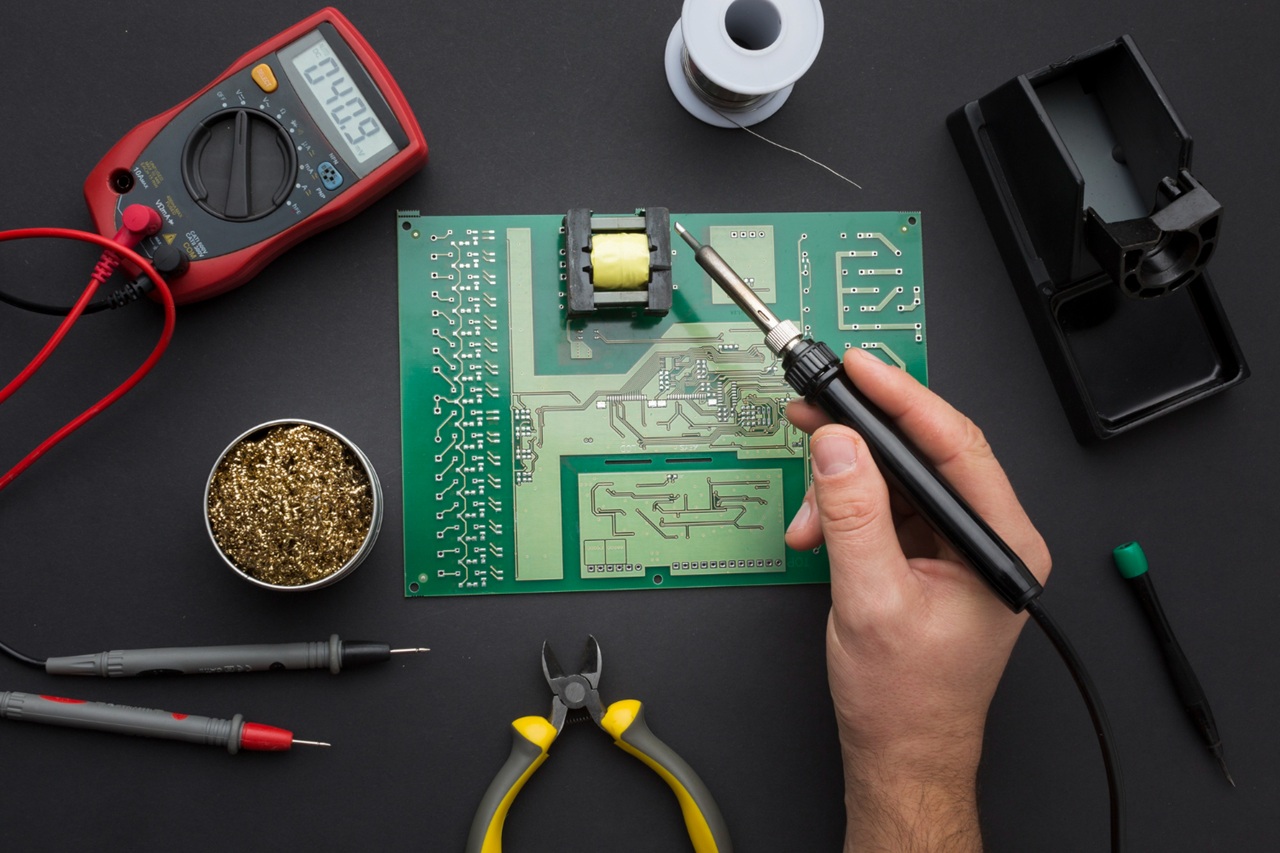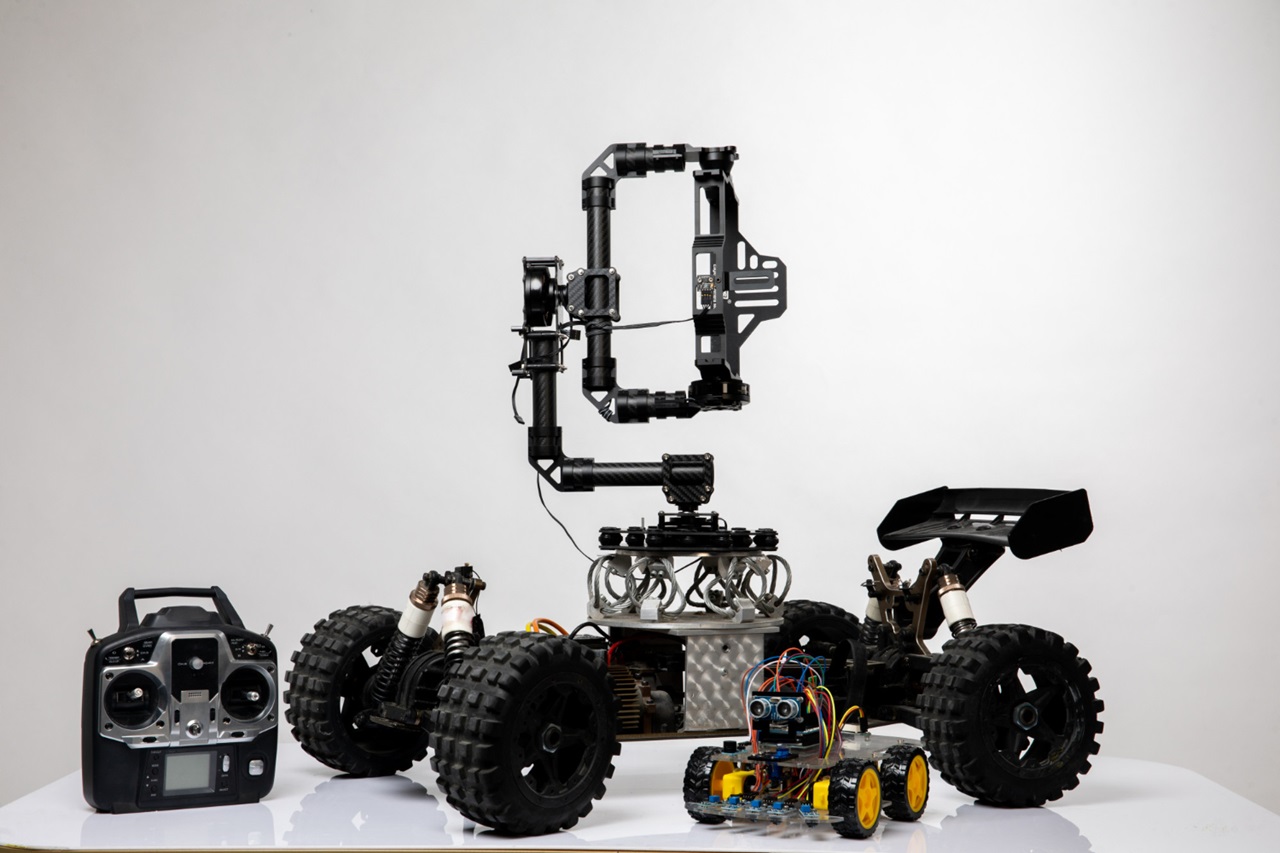Eco-Friendly Electronics: How to Reuse and Recycle Circuit Components
As technology advances at lightning speed, our devices quickly become obsolete, leaving behind a trail of discarded circuit boards, wires, and components. But what if there was a way to breathe new life into these materials while reducing electronic waste? Reusing and recycling circuit components isn’t just a sustainable practice—it’s also a creative, rewarding way to explore electronics.
In this post, we’ll dive into the importance of eco-friendly electronics, share tips on how to reuse and recycle circuit components, and explore how even small changes can have a big impact on the planet.
Why Eco-Friendly Electronics Matter
Electronic waste (e-waste) is one of the fastest-growing waste streams in the world. According to the Global E-Waste Monitor, nearly 54 million metric tons of e-waste were generated in 2020, and only a fraction of it was recycled. Most of this waste ends up in landfills, where toxic materials like lead and mercury can leach into the environment.
By reusing and recycling circuit components, we can:
- Reduce Environmental Harm: Fewer materials in landfills mean less pollution.
- Conserve Resources: Many components contain valuable metals like gold, silver, and copper that can be reclaimed and reused.
- Save Money: Reusing components reduces the need to buy new parts for projects.
- Promote Creativity: Salvaging components encourages innovation and problem-solving.
How to Reuse Circuit Components
Reusing components is one of the easiest and most impactful ways to minimize e-waste. Here’s how to get started:
1. Salvage Components from Old Devices
Before tossing out an old gadget, take a closer look—it’s likely full of reusable parts like resistors, capacitors, LEDs, and transistors. Devices like DVD players, radios, and even broken toys are treasure troves for components.
Example: I once dismantled an old TV and salvaged dozens of resistors, capacitors, and even a working transformer. These parts became the foundation for my next few DIY projects, saving me money and reducing waste.
Tips:
- Use a screwdriver set and pliers to carefully disassemble devices.
- Look for components that are in good condition (no burn marks or visible damage).
- Label and organize the parts for future use.
2. Test Before Reusing
Not all salvaged components will work as expected. Use a multimeter to test components for continuity and functionality. For example, you can check:
- Resistors: Measure resistance to see if it matches the expected value.
- Capacitors: Check for shorts or leakage.
- Diodes: Ensure they allow current to flow in only one direction.
Testing helps you avoid using faulty parts that could cause frustration or damage in your projects.
3. Use Heat Tools for Desoldering
If a component is soldered onto a circuit board, you’ll need to remove it carefully to avoid damage. A desoldering pump (also called a solder sucker) or desoldering braid can help you extract components cleanly.
Pro Tip: Invest in a good-quality soldering station with temperature control—it makes both soldering and desoldering much easier.
4. Repurpose Components Creatively
Sometimes, salvaged components inspire entirely new projects. For example:
- Use LEDs from an old device to create a custom night light.
- Repurpose motors from a toy car to build a small robot.
- Transform an old circuit board into a piece of tech-themed art.
Anecdote: I once repurposed the speaker from a broken radio to build a simple audio amplifier. Hearing it work again in a new setup was incredibly satisfying!
How to Recycle Circuit Components
When components can’t be reused, recycling is the next best option. Here’s how to do it responsibly:
1. Find an E-Waste Recycling Center
Many cities have designated e-waste recycling centers where you can drop off old electronics. These facilities are equipped to safely extract valuable materials and properly dispose of hazardous waste.
How to Find One:
- Check your local government’s website for e-waste recycling programs.
- Look for events like community electronics recycling drives.
2. Partner with Responsible Recyclers
Not all recycling programs are created equal. Look for certified recyclers who follow ethical practices, such as the e-Stewards or R2 Certification standards.
Why It Matters:
Some unscrupulous recyclers ship e-waste to developing countries, where it’s improperly disposed of, causing harm to people and the environment. Choosing certified recyclers ensures your waste is handled responsibly.
3. Donate Working Devices
If an old device still works but you no longer need it, consider donating it to someone who can use it. Many schools, charities, and community centers accept used electronics for educational purposes.
Example: I donated an old laptop to a local coding club for kids. They used it to teach programming basics, giving it a second life while supporting a great cause.
4. Participate in Manufacturer Take-Back Programs
Many electronics manufacturers offer take-back programs, allowing you to return old products for recycling. Companies like Apple, Dell, and HP often provide incentives, such as discounts on future purchases.
Tips for Sustainable Electronics Projects
- Design with Reuse in Mind: When building your own circuits, use breadboards or modular components to make it easier to disassemble and reuse parts.
- Buy Second-Hand Components: Explore thrift stores, online marketplaces, or electronics swaps for affordable, reusable parts.
- Educate Yourself: Learn about the materials used in electronic components to better understand their environmental impact.
- Share the Knowledge: Teach others about the importance of reusing and recycling electronics to amplify the impact.
A Personal Reflection
Reusing and recycling circuit components has changed the way I approach electronics. Not only have I saved money and reduced waste, but I’ve also discovered a deeper appreciation for the materials and effort that go into every device.
One of my favorite memories is building a solar-powered phone charger using salvaged components from an old laptop. It wasn’t perfect, but it worked, and the experience inspired me to think more creatively about how I use resources.
Conclusion
Embracing eco-friendly electronics isn’t just about reducing e-waste—it’s about fostering a mindset of sustainability, creativity, and responsibility. By reusing and recycling circuit components, we can minimize our environmental impact while continuing to innovate and learn.
So the next time you’re tempted to toss an old gadget, take a moment to think about its potential. With a little effort, you might just turn trash into treasure—and make a positive impact on the planet.
Happy tinkering!




Post Comment